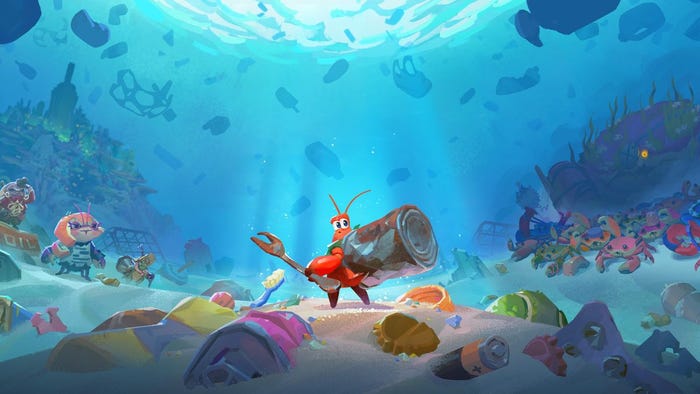
Featured Blog | This community-written post highlights the best of what the game industry has to offer. Read more like it on the Game Developer Blogs.
The Homogeneous ‘Gamer’ Myth...
If you’re still using yourself as a benchmark for what gamers want then you might want to think again.

Games development is encumbered by an enemy within. This 5th column is intent on us making the same experience over and over and over again. They are interested more in what they know and not what is possible.
Hands up if you think I’m talking about publishers?
Sorry to disappoint, but that’s not the mark. The people I am actually talking about are those of us who actually make games, those of us on the shop floor, beavering away on our latest endeavour. Day in, day out, we hide behind a term which we rarely stop to define because we all know what it means: Gamer.
It’s a solid term, a term that implies a great many things - a person that likes games, understands games, thinks they’re great and wants to spend as much time as possible playing them, someone just like me.
Ah, ‘just like me’, not you, not him over there, but me. That’s where it starts to break down in reality. ‘Gamer’ is used as a term to describe a specific type of person who belongs to an homogenous group that we can all understand, communicate with easily and, ultimately, sell a tailored experience to. The hardcore, if you will.
However, we don’t have to cast our eyes far to realise that there must be an error in this logic; we only have to look around our own offices. Not everyone you work with likes the same games, they don’t even play in the same ways. So how can there be an homogenous ‘gamer’ we can all target, one that we have defined as indicative of a great social group, one that is just like me, when I’m not just like everyone else I work with?
If the DGD1 model is to be accepted (and I do wholeheartedly accept it, because I find it correlates well with the full spectrum of my observations on people who play games, not just video games) then there are 4 different gamer types, each of which is broken down into both the hardcore and casual subsets. Most people that make video games, certainly in the console realm, are either Type 1 gamers or Type 2 gamers.
Chris Bateman describes them as follows on his website:
Type 1 Conqueror play style is associated with challenge and the emotional payoff of Fiero - triumph over adversity. This correlates with what Nicole Lazarro has called "Hard fun". We associate Type 1 play with players who aim to utterly defeat games they play - they finish games they start.
Type 2 Manager play style is associated with mastery and systems. Victory for people preferring this play style seems to be the sign that they have acquired the necessary skills, not a goal in and of itself. They may not finish many games that they start playing.
It’s obvious to me that I am a Type 2 gamer, I have no compulsion to finish a game, I simply have to feel I have cracked the system, and there are many of us in the industry. I don’t need a game to last for 30 hours, I can defeat it in 2 and walk away satisfied, which is a lucky trait if you don’t have much spare time.
However, Type 1s are even easier to spot by their obsessive approach to one particular game. Ironically, despite being so well represented within our community there is a demographic slice of them that we barely cater for – those with kids. These unfortunate Type 1s are left to play one game in meagre portions, pecking away at the whole in stolen minutes here and there. Some actually give up on playing any games other than the one they’re making, finding the profile of their lives fits poorly with the epic offerings of the AAA titles they like. Less sometimes really is more, ask them what they want and they ask for shorter games, not longer ones.
We’re a maturing industry, with ever increasing resources and research on which to make our decisions. Given that the homogenous gamer is clearly a myth that we have created, it’s about time we abandon him, because he’s weighing us down. With this spectre gone we will be able to stop discriminating against those with different abilities and ways they want to play and start to consider the full family of gamers that we can, and should, appeal to.
Read more about:
Featured BlogsAbout the Author(s)
You May Also Like









